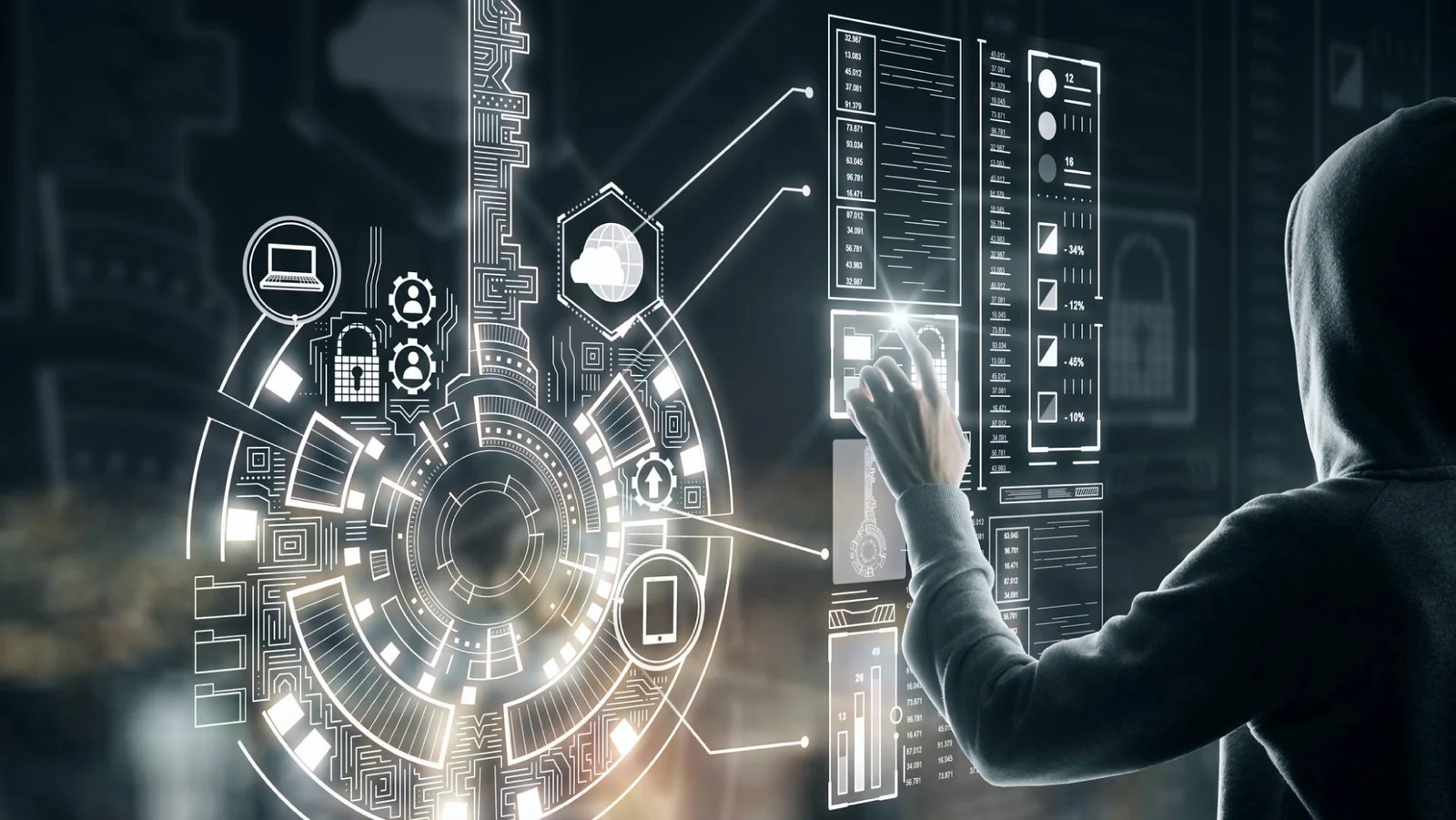In an increasingly connected world, the convergence of Information Technology (IT) and Operational Technology (OT) has become both a powerful force for innovation and a growing point of vulnerability. From energy grids and water systems to transportation and manufacturing, critical infrastructure now relies heavily on digital systems to operate efficiently. However, this digital dependence comes with heightened risk. Cyberattacks targeting the fusion of IT and OT environments are escalating in scale and sophistication, threatening public safety, economic stability, and national security. As a result, there is a growing need for IT/OT security—not just to protect assets but to preserve the continuity of essential services that modern society depends on.
Understanding IT/OT Convergence in Critical Infrastructure
Historically, IT and OT operated in separate domains. IT handled data and enterprise systems, while OT focused on physical processes and machinery. Today, these two worlds are increasingly integrated through IoT, cloud computing, and industrial control systems (ICS). While this convergence improves efficiency, data visibility, and automation, it also creates new attack surfaces that cybercriminals and nation-state actors are eager to exploit. This shift has amplified the growing need for IT/OT security across all sectors handling critical infrastructure.
Threat Landscape: Why IT/OT Systems Are Under Attack
Critical infrastructure systems are attractive targets because disruptions can yield high-impact results. Ransomware attacks can shut down water treatment facilities, malware can corrupt energy grid operations, and vulnerabilities in SCADA systems can be exploited to sabotage manufacturing plants. Cyber adversaries understand the weaknesses that exist at the intersection of IT and OT systems—often legacy components running outdated software with minimal security protocols. This reality contributes significantly to the growing need for IT/OT security as cyberattacks become more targeted and destructive.
Challenges in Securing Hybrid Environments
Securing the overlap between IT and OT presents unique difficulties. OT systems typically prioritize uptime and stability over updates or patches, making them ill-prepared for evolving cyber threats. Additionally, many legacy OT devices were not designed with security in mind. Lack of unified visibility, organizational silos, and incompatible protocols make threat detection and incident response difficult. Addressing these issues requires not only technological solutions but also cultural and operational shifts within organizations.
The Role of Zero Trust in IT/OT Security
Implementing a Zero Trust architecture is gaining traction as a strategic approach to address vulnerabilities in hybrid IT/OT environments. Instead of trusting any device or user by default, Zero Trust continuously verifies every access attempt. In the context of industrial networks, this involves segmenting systems, enforcing strict access controls, and continuously monitoring behavior. As the growing need for IT/OT security pushes organizations to modernize their cybersecurity postures, Zero Trust stands out as a key framework for reducing risk.
Real-World Impacts of Cyber Incidents on Critical Systems
Incidents like the Colonial Pipeline attack and the Florida water system breach have shown just how real the consequences of lax IT/OT security can be. These events not only disrupted operations but also eroded public trust and prompted government action. The convergence of cyber and physical threats means that even minor vulnerabilities can escalate into major national security concerns. Each event reinforces the growing need for IT/OT security and underscores why proactive defense measures are no longer optional.
Government Regulations and Industry Compliance
Governments around the world are responding to these challenges by tightening regulations and issuing new cybersecurity mandates for critical infrastructure sectors. In the U.S., the Cybersecurity and Infrastructure Security Agency (CISA) has launched multiple initiatives, while the EU’s NIS2 directive expands obligations for digital infrastructure protection. Compliance with these frameworks is essential not just to meet legal standards but to reinforce the integrity of national critical systems.
Collaborative Strategies to Strengthen IT/OT Security
Meeting the growing need for IT/OT security requires collaboration between IT and OT teams, third-party vendors, and regulatory bodies. This includes conducting regular risk assessments, sharing threat intelligence, investing in cybersecurity training, and developing joint incident response plans. A unified approach allows organizations to anticipate, detect, and respond to cyber threats more effectively—ultimately safeguarding the systems that underpin daily life.
For More Info: https://bi-journal.com/it-ot-security-critical-infrastructure/
Conclusion
The growing need for IT/OT security is a defining challenge for our digital era. As critical infrastructure becomes more interconnected, the risks of cyber intrusion grow exponentially. Organizations must adapt by adopting secure architectures, aligning with regulatory frameworks, and fostering collaboration across IT and OT domains. The stakes are high, but so is the opportunity to build resilient systems capable of withstanding future threats. Only through proactive and integrated security strategies can the vulnerabilities of today be transformed into the strengths of tomorrow.

